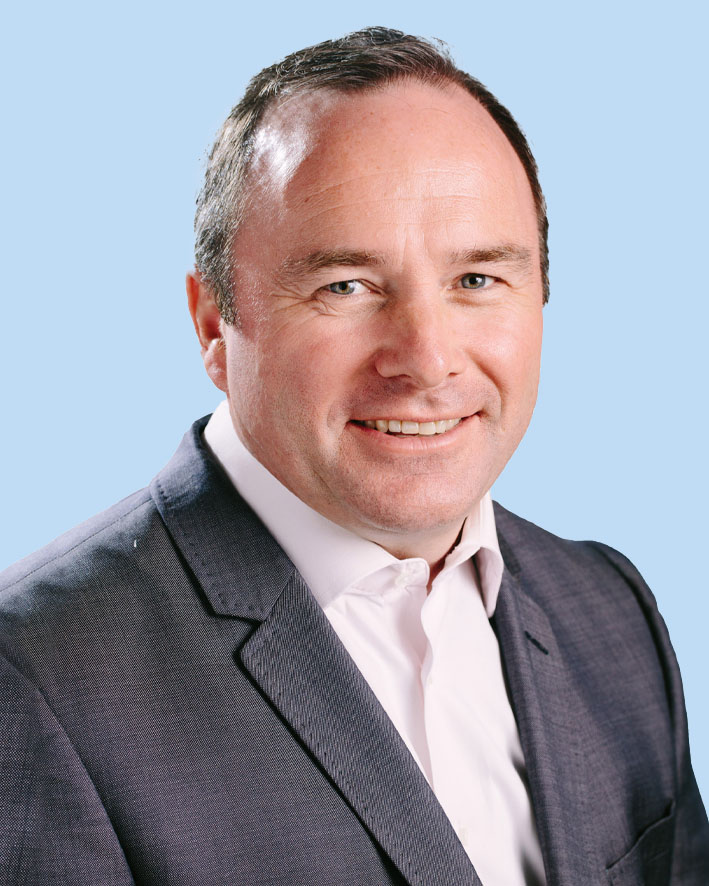In spite of the anxiety expressed at the SIRC last year about the possibility of turbulence during the January renewal period, it turned out to be a much smoother process when compared to the prior year, as the (re)insurance industry managed to correct its course. Higher profitability and excess capacity led to a more stable renewal environment, both regionally and globally.
Much of the focus of discussions during the annual Singapore International Reinsurance Conference (SIRC) tends to be around the level of harmony – or disharmony – that might define contract renewal discussions.
Such concerns were particularly prevalent at last year’s SIRC because renewals at the start of 2023 were characterised as being acrimonious, last minute and crude.
Relief all round
In comparison to the 2023 renewals, the January 2024 renewal period proceeded smoothly, as a rebound in profitability and capital positions saw many reinsurers display increased risk appetites. According to Aon, this attitude was also aided by greater retrocession capacity, and saw higher primary insurance pricing provided support in most areas. However, this was also offset by continued uncertainty around the impact of climate change, inflation, litigation funding, and geopolitical risk on ultimate loss costs.
“These unknowns are creating headwinds to new investment, despite the expectation that most reinsurers will have easily covered their cost of capital in 2023,” said Aon’s latest reinsurance market dynamics report.
“Demand for reinsurance capital was robust during the renewals period, due to an erosion in insurance capital as a result of natural catastrophe losses, which introduced more volatility into underwriting results and brought increased rating agency scrutiny for many insurers.”
The total insured industry large losses for 2023, an aggregation of events in excess of $100m of insured loss, currently stands at $94bn, including hurricane Otis, the Turkiye earthquake, New Zealand floods and cyclone and US windstorms. This preliminary estimate is expected to increase, as more information becomes available, according to Guy Carpenter.
These losses were countered by greater reinsurance capital supply. Aon estimated that shareholders’ equity reported by global reinsurers increased by $35bn to $532bn over the nine months to September 2023. With alternative capital having reached $103bn, total global reinsurance capital was estimated at $635bn at the nine-month point.
Guy Carpenter, in partnership with AM Best, estimates total dedicated reinsurance capital increased by 10% compared with year-end 2022. Differing from past years following a major market correction, capital growth was driven by existing reinsurers with no start-up class of 2023.
A stable environment for renewals
Howden’s report added that renewal risk-adjusted rates were stable: Retrocession, global and direct facultative and London market casualty remained flat, while global property catastrophe saw a 3% increase.
“Nuanced conditions across the (re)insurance market reflect new macroeconomic and geopolitical realities and re-set loss expectations. Improved supply dynamics nevertheless suggests sentiment is now shifting as pricing momentum across different areas of the market drives improved performance and increased appetite to deploy capacity,” said the report.
Howden said that renewals took place in an environment of more favourable supply dynamics, but also underwriting discipline, which resulted in a stable and orderly process, with supply more than able to meet increased demand.
“Capacity for frequency protection was once again at a premium, but competition further up programmes brought better outcomes. Terms and the scope of coverage were a core focus in 2024, which resulted in improved concurrency overall. Capital inflows supported more favourable market conditions,” the report said.

Howden Tiger CEO Tim Ronda said, “The reinsurance market has stabilised after last year’s exceptionally challenging renewal. Reinsurers were relatively unscathed by large losses in 2023, due in part to more favourable terms and conditions, including higher risk retentions and attachment points. Returns are back at equal to, or greater than, reinsurers’ cost of capital. Activity in the lead-up to 1 January was timely and orderly, and our clients are in a better position to understand their cost of reinsurance and volatility within their retention. It seems we are in a period where stability is rewarding both clients and reinsurers.”
Guy Carpenter noted in its own report that a more consistent trading rhythm returned to the property market, with capacity deployment outside of frequency-exposed layers and more heavily loss-impacted segments showing meaningful bounce-back, including on new business where reinsurer activity increased measurably. Markets remain sensitive to pricing, attachment point and overall structure adequacy, but with terms and conditions that were borne out of the demonstrable corrections made throughout 2023.
Additionally, proactive discussions early in the renewal process on subjectivities such as strike, riot and civil commotion, terror, and cyber led to material concurrency improvements among placements.
Asia continues to go global

Guy Carpenter CEO Asia Pacific Tony Gallagher said that Asia remained a diversifying region for most global reinsurers. “The 1 January 2024 renewal saw 7% more capacity deployed to the region than at the prior renewal. This is partly driven by the good returns most reinsurers earned by raising retentions and increased pricing in 2023 renewals.”
With increased capacity many of the differential terms and conditions from the prior year were no longer accepted to complete the placements. Although large loss activity continued to be well below average in 2023 at $8bn (10-year average is $11bn), it is important to note that many of the event losses were generally retained by insurers due to the increased retentions in the 2023 renewal. Both economic and social inflationary pressure are also much lower in APAC compared to the other regions.
“The CAT programme retentions remained largely stable from 2023 at a range between the five-to-10-year return period. Some programmes had their retentions increased if they had not been changed in 2023, or the rates being offered were too high at the expiring retention level. There were considerations for retention increases from both sides, a pull factor being reinsurers desire to reduce exposure to non-peak perils, and the push factor being the diminishing value of lower retentions for the insurers due to higher pricing and tightening terms,” he said.
He said that the capacity purchased in the Asia region grew by around 4% in line broadly with inflation in the region. The increased demand was more than met by the increased capacity deployed by reinsurers.
“The Guy Carpenter Capacity index was at 110% which means supply outstripped demand in many markets. However, capacity at the lower end of the programs remained tight. In many cases there is more abundant capacity at higher layers, and signings (share of placement) for some reinsurers were impacted by the level of value provided to the insurers. Reinsurers who offered more support in managing volatility at lower layers were rewarded with higher signings than those who did not offer cover at the (lower) working layer level,” he said.
The result
The year 2023 is shaping up to be profitable for reinsurers, reflecting the degree of market correction and patterns of loss activity. Return on capital is exceeding reinsurers’ cost of capital, as projected average returns are nearing 20%, as noted in Guy Carpenter’s report.
“The January 2024 reinsurance renewal sets the stage for an interesting year ahead. Demand for property catastrophe reinsurance remains strong at the start of 2024, supported by inflation and exposure trends. As capacity continues to build, there will be opportunities for insurers to buy additional limit at the top of programs, and for reinsurers to work with intermediaries to support clients challenged with retained losses, especially from secondary perils. In the current environment of strong reinsurer results, we must continue to work collectively to strengthen the value proposition that reinsurance offers to our clients globally,” said Aon.
Mr Gallagher said that there was more evidence of symbiotic partnering, in which insurers are seeking partners who can help holistically with volatility management, and reinsurers are partnering with insurers who have clear underwriting controls and discipline supported by good quality data and underwriting results. A